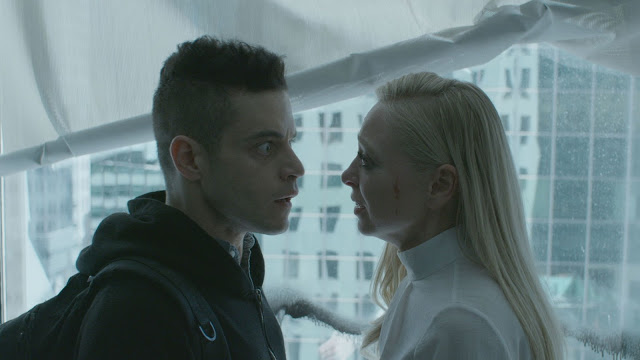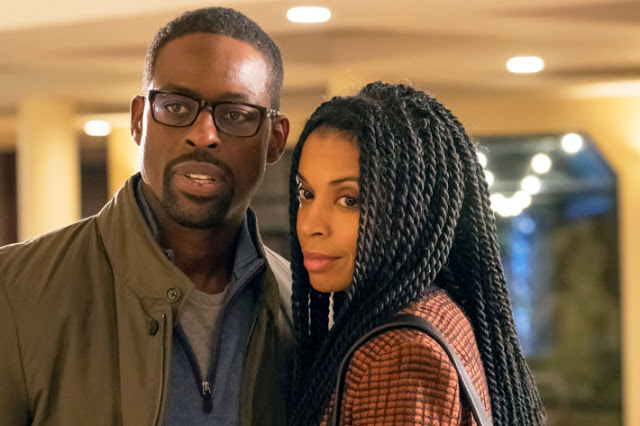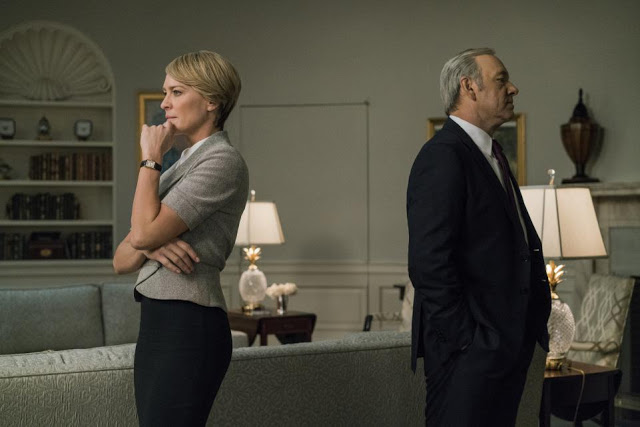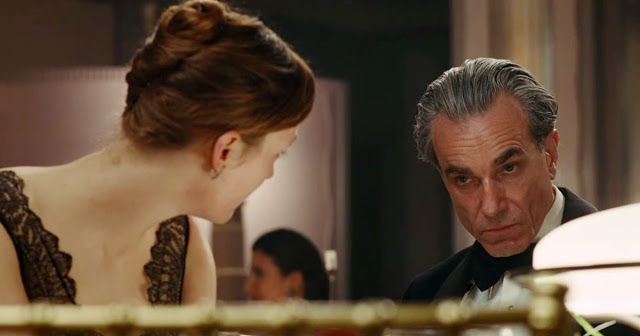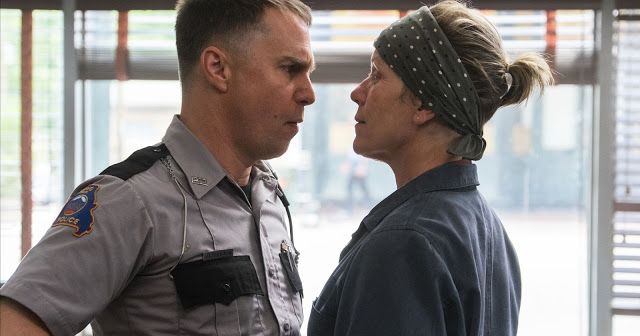Ranking Every TV Show of 2017: #s 50-31
We’re ranking every show we watched in 2017. There were a lot. You can find the prior installments at the following links:
#s 108-81
#s 80-51
50. Girls (HBO, Season 6; last year: 34 of 88). And at long last—after alienating countless viewers, prompting innumerable hot takes, and possibly ravaging relationships the world over—Girls has come to its end. This was always a more delicate and less abrasive show than it appeared, and it continued that work in its final season, dismantling the characters’ bratty armor to reveal the pain and love underneath. It wasn’t as bracing as prior seasons; there wasn’t a “Panic in Central Park” this year, and my favorite character, Zosia Mamet’s Shoshanna, basically disappeared for the entire stretch run. (This season’s most memorable episode, the Matthew Rhys-starring “American Bitch”, was stimulating, but it was ultimately too didactic for me to fully embrace.) But Girls remained steadfastly true to its characters to the end, and certain moments—such as a heartbreaking meal that Lena Dunham and Adam Driver shared at a diner, following a day of ephemeral happiness—illustrated just how well Dunham understood her subjects, which is to say, herself. Read More

